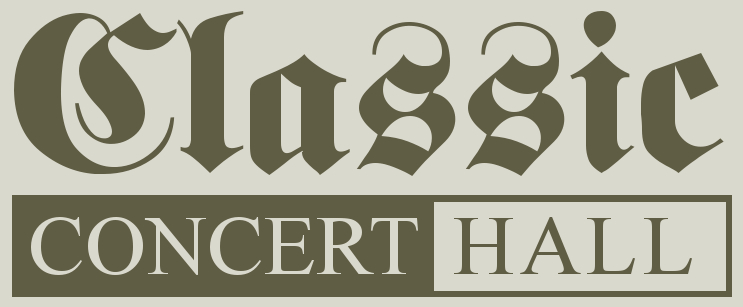| Description: | Carlo Andrea Gambini (1822-1865) was born in Genoa. Although we know little about his education as a musician, he certainly showed talent at an early age, and by the time he was fifteen or so was already composing and publishing pieces for the piano, the instrument around which his career largely revolved. Indeed, he became one of the foremost Italian pianists of his time, along with Stefano Golinelli and Teodoro Döhler. He was also a prolific composer, however, his oeuvre focusing on piano works for 2 and hands, and extending to include important pieces for chamber ensembles. Moreover, as a composer he was also interested in the organ, largely thanks to his friendship with the Lingiardi organ builders. Gambini’s overall output was considerable, comprising almost 150 Opus numbers and many other unnumbered pieces.
He was well-known as an organ recitalist, and composed a significant set of piece, Op. 106, from which this piece is taken. There are 10 works in this particular edition, edited by the great William T. Best, but I think the entire opus may consist of 20 pieces.
"Military March" is the fifth work in this collection that was published by Ricordi. The title page says that these are "Edited and Arranged for the English Organ" (by Best), and this "Anglicized version" has guided my performance.
In the key of G Major, the "Military March" will immediately get your toes tapping!
Starting with the bands low brass section playing as a pedal solo, the march rapidly builds up, as the grand parade steps off with style and pomp. There's no chance to relax as the work moves along with no gaps and no relenting in the energy. I've tried to play this in true "military band style" with no "pauses" in tempo at any time.
The ending is grandiose and I think would please Mr. Best! :-)
The score is attached below, as well as a portrait of Carlo Gambini and one of a monument erected in 1880 to his honor and memory. There is also a photo of William T. Best, the editor. |



